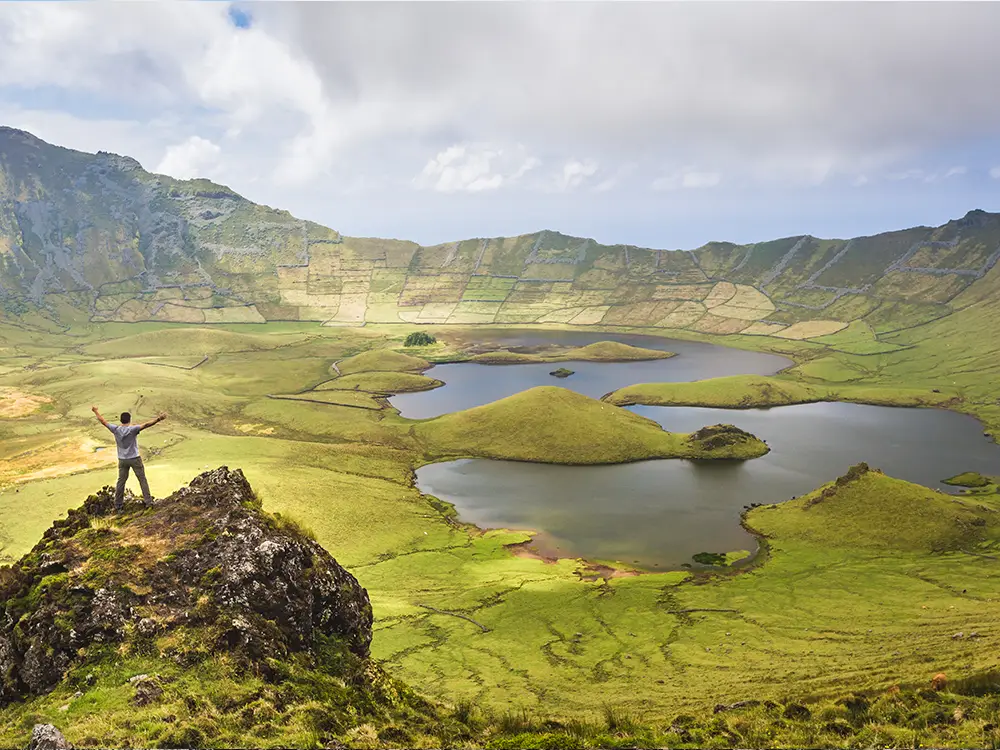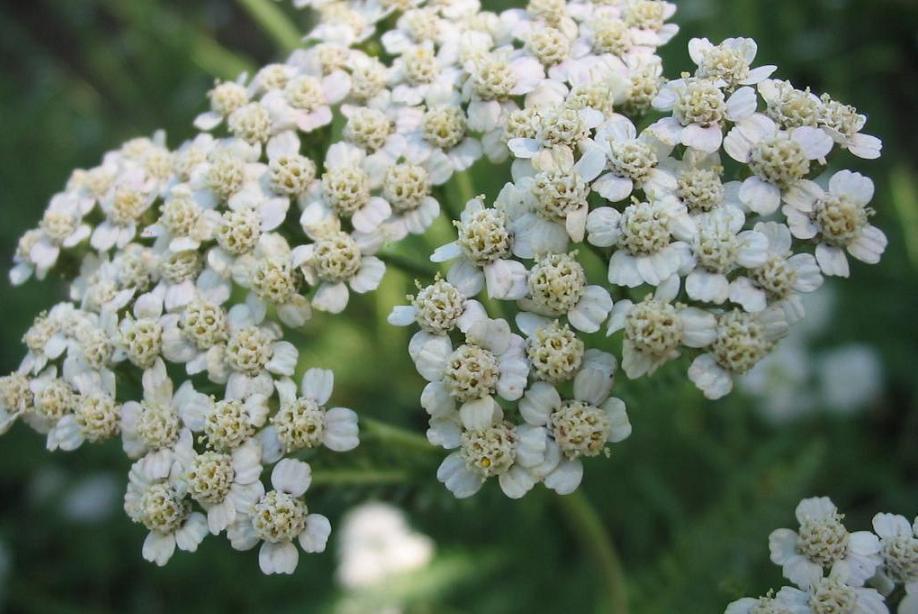The Azores archipelago, positioned as a remote Portuguese outpost in the North Atlantic, is frequently celebrated for its dramatic volcanic terrain and picturesque pastures. However, its botanical heritage, both intricate and unique, often escapes the spotlight. The islands’ flora, the result of millions of years of isolation, climatic quirks, and waves of human intervention, forms a living laboratory of evolution and adaptation. With over seventy endemic species—organisms that exist nowhere else on the planet—and a rich assembly of introduced plants, the Azores offer a compelling case study in island biogeography, conservation, and cultural coevolution.

The genesis of Azorean plant life is a story of both chance and resilience. Initially, the islands emerged as barren volcanic outcrops, utterly devoid of life. Over millennia, they were colonized by an assortment of seeds and spores, delivered by the wind, ocean currents, and migratory birds. The Azores’ humid, temperate climate, coupled with their mineral-rich volcanic soils, provided a hospitable environment for these pioneering species. This remarkable process of colonization and subsequent adaptive radiation is a textbook example of Macaronesian biodiversity—a biogeographic region that also encompasses Madeira, the Canary Islands, and Cape Verde. These archipelagos collectively illustrate how geographic isolation and environmental pressures can forge new evolutionary pathways.
Among the Azores’ botanical treasures are more than seventy endemic species of the Azores, many of which play keystone roles within their ecosystems. The Azorean Laurel (Laurus azorica) is a foundational tree of the archipelago’s native laurel forests, providing habitat and food for a variety of endemic animals. The Azorean Juniper (Juniperus brevifolia), now rare and threatened, stands as a living relic of ancient biomes, offering insight into past climatic conditions. Azorean Heather (Erica azorica) dominates the windswept slopes, demonstrating remarkable adaptation to the islands’ challenging environments. Similarly, the evergreen Azorean Holly (Ilex azorica) and the elegant Viburnum treleasei contribute both ecological stability and structural diversity to humid forest patches.
The intricate web of relationships between these plants and the archipelago’s fauna, such as the critically endangered Azores bullfinch (Pyrrhula murina), highlights the vulnerability and complexity of island ecosystems. Many of these endemic taxa are not only biologically significant but also serve as indicators of environmental health, underscoring the importance of targeted conservation strategies.
One of the most significant habitats in the Azores is the laurissilva, or laurel forest. This evergreen woodland is a vestige of the Tertiary period, when similar forests blanketed much of southern Europe. Present-day laurissilva in the Azores performs critical ecological functions, such as regulating hydrological cycles by intercepting mist and cloud water, stabilizing soils, and supporting a high degree of biodiversity. Although centuries of logging, agriculture, and development have reduced this habitat to fragmented remnants, it remains a priority for conservation initiatives. These forests are not only valuable from a scientific perspective—their ability to act as climate refugia amidst global change makes them indispensable for regional ecosystem resilience.
Human colonization of the Azores, beginning in the fifteenth century, dramatically altered the islands’ vegetation. Early settlers introduced a wide array of plants, either intentionally for agriculture and ornamentation or inadvertently as stowaways. Some introductions, such as hydrangeas (Hydrangea macrophylla), have become emblematic of the Azorean landscape—lining rural roads and fields with vibrant blooms, particularly in summer. Japanese cedar (Cryptomeria japonica) has been widely planted for timber production, resulting in extensive monocultural plantations. São Miguel’s tea plantations (Camellia sinensis) stand as rare European outposts for this typically Asian crop, reflecting both innovation and adaptation.
Yet, not all introductions have proven beneficial. Invasive species like kahili ginger (Hedychium gardnerianum) now pose significant threats to native habitats, outcompeting endemic flora and altering ecosystem processes. The management of invasive species is a persistent and escalating challenge, demanding both scientific expertise and public engagement.
The relationship between Azorean flora and human communities is deeply rooted. Traditional knowledge surrounding medicinal plants—such as yarrow (Achillea millefolium) and St. John’s wort (Hypericum perforatum)—continues to inform local health practices. Hydrangeas have transcended their ornamental status to become a symbol of regional identity, while cash crops like tea and tobacco have shaped the islands’ economies and social histories. Botanical gardens and public parks serve as living repositories of this heritage, blending scientific research with communal pride and education.


Recognizing the ecological and cultural significance of their flora, Azoreans have established a robust network of protected areas, including island-wide natural parks and Natura 2000 sites. Targeted projects such as LIFE Priolo have achieved notable successes, particularly in restoring native vegetation and bolstering populations of endangered species like the Azores bullfinch. Restoration efforts often involve the laborious removal of invasive plants and the reintroduction of endemic species, guided by ecological monitoring and participatory approaches.
Nevertheless, conservation on the islands is far from straightforward. Invasive species, climate change, and urban expansion continue to threaten the integrity of native habitats. Effective management requires not just technical interventions, but also ongoing environmental education and community involvement. The stakes are high: the preservation of endemic flora is inseparable from the protection of water resources, soil stability, and the very identity of the Azorean people.

In sum, the flora of the Azores is a dynamic tapestry, woven from ancient lineages, adaptive newcomers, and centuries of cultural interaction. The islands’ botanical diversity, both fragile and resilient, offers invaluable opportunities for scientific discovery, ecological restoration, and cultural enrichment. To traverse an Azorean laurel forest or witness the seasonal spectacle of hydrangeas is to engage with a unique ecosystem shaped by forces both natural and human. Sustained conservation efforts are essential to ensure that this “green treasure” endures—not solely for its intrinsic value, but as a living legacy for future generations and a model for island biodiversity worldwide.